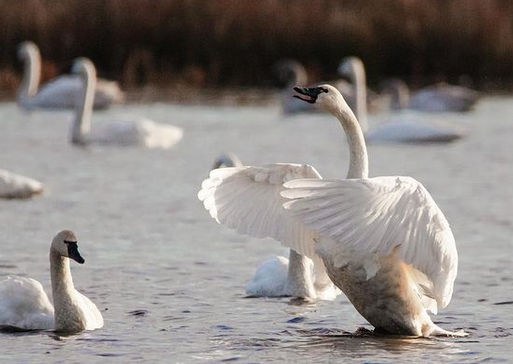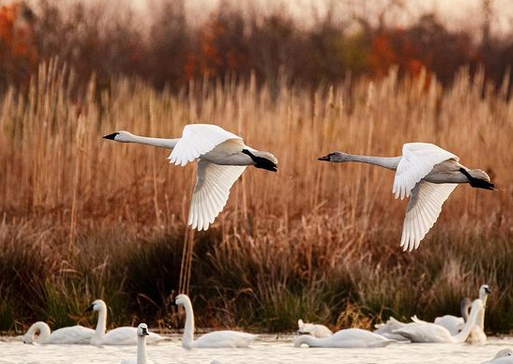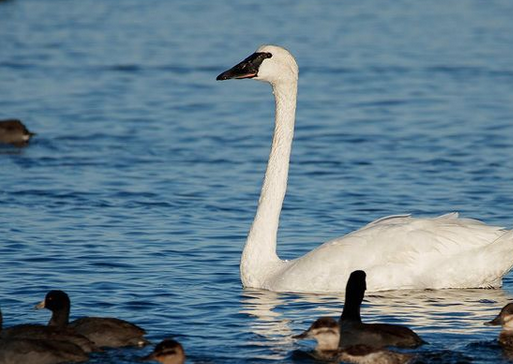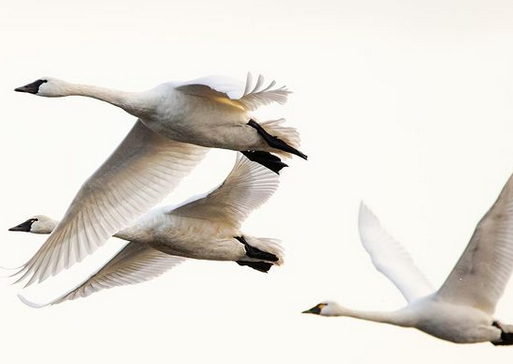I made a spur of the moment visit this morning to the Pungo Unit at the Pocosin Lakes NWR and was surprised to see 5 Tundra Swans feeding in the fields.
These guys should have migrated north last month so spotting this little flock was an unexpected sight.
I’ve never had an opportunity to photograph a Tundra Swan in the spring before. Normally it’s winter’s muted hues of grey and brown which color the background of my swan portraits so I was pleased to have a bit of that lovely green included in the landscape.
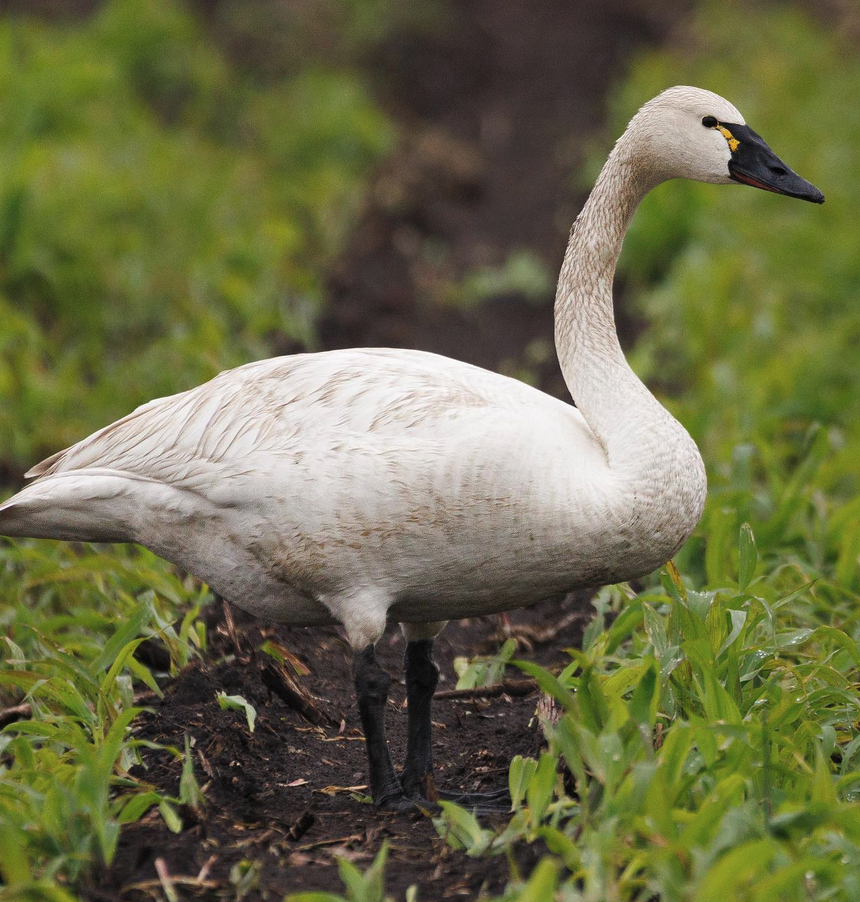
Tundra Swans are commonly seen here in southeastern North Carolina from November through early March in our coastal counties with peak numbers occurring in January.Look for them in open marshes, lakes, shallow ponds and estuaries in fresh and brackish waters. They are also easily found feeding in grain fields in agricultural areas too. It’s awe inspiring to see flocks of hundreds of Swans feeding in a corn field, wheat field or soybean patch.


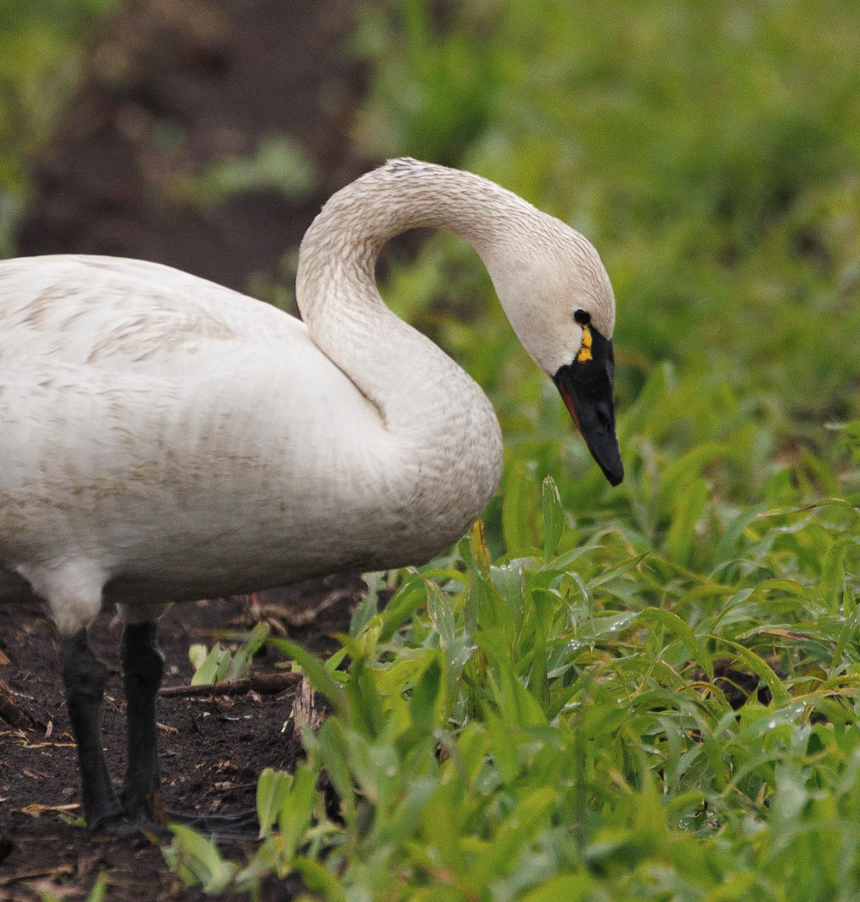
Since the springtime migration window has passed for these swans I assume that they will remain at Pungo throughout the rest of the year.
Hopefully these magnificent birds with depart for their breeding grounds in the Colville River Delta region of north Alaska next spring.
Photos by @sally_siko of @bestlife_birding on my mighty mirrorless monster, the @canonusa #R5


